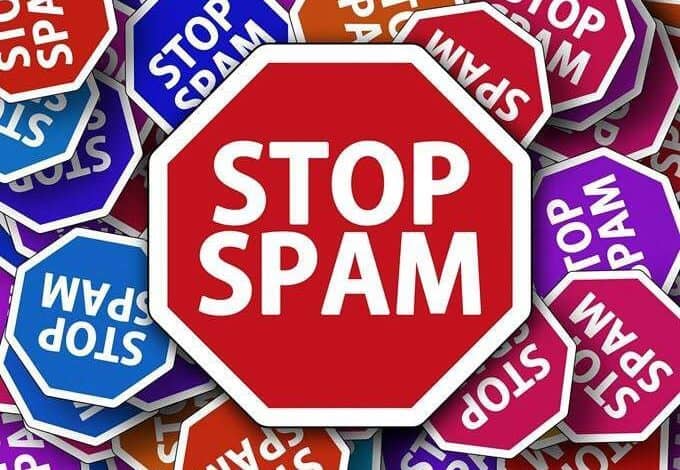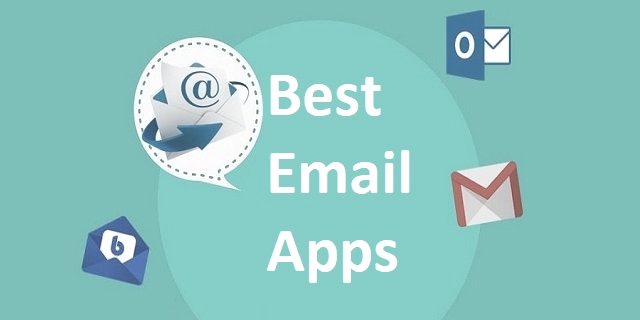While some people enjoy the canned meat known as Spam, literally no one likes the spam that comes to our email daily. Unfortunately, as email servers and filters have gotten better at blocking those annoying intrusions, there are a lot of individuals and companies around the world that have changed tactics and have turned their attention to social media platforms.
No matter how big or small your company and brand are, social media spam can damage your brand. However, there are several best practices that you can implement in order to avoid a lot of it. Click here.
-
Do NOT Use Auto-Follow Tools
Sure, using a tool that enables you to automatically follow all of your competitor’s followers sounds like a good idea at first glance. On Twitter and Instagram, a good majority of users commonly follow back anyone that follows them, and of course, you’d love to reach as much of your target audience as possible. What better way to snag some quality follows, right?
While browser extensions, various apps, and free tools like this do work out on occasion, it’s simply not worth the risk. Not only does it open you up to following the same spammers as your competitor, but it can also be damaging to your brand and reputation with the platform as both of them have rules against the practice.
-
Archive Social Media
While this step may not immediately keep spam off your social media, it can be invaluable in several ways and could indeed help prevent spam in the future. When you archive social media, you are saving an indisputable record of your presence on these platforms and ensuring that you’re always able to comply with regulations.
Social media is considered a public record in all 50 states and if requested, you’re required to provide an accurate record of not only your own content, but also the content your visitors create. Without an archive of your social media accounts, those deleted spam notices will knock you out of compliance.
Furthermore, Internet laws continue to evolve and as regulations directly target email spam, we could very well see legislation against the practice on social media. Having a running record of every spammer to ever grace your virtual door could prove invaluable.
-
Utilize the Block Function
Don’t simply wait for them to come to you, whenever you see a spam account on anyone’s feed you should take a quick second to block them. Nip it in the bud before they even have a chance to visit. Likewise, you should block any direct message spammers as well.
-
Ease Up on the Hashtags
A study by security researchers found that close to 10% of Instagram accounts are actually bots that automatically search for trending hashtags and comment, like, and follow in exchange for a follow back. Using less hashtags will attract less bots to your page.
From choosing to archive social media to the simple practice of blocking potential spammers, these simple best practices can help protect your business.
However, one of the biggest tools that are underutilized is the Report function on those platforms. All of them have rules against spam and while it can seem cumbersome and useless at times, if everyone implemented this practice then spamming would quickly become a futile effort and we’d likely see it mostly disappear.
















